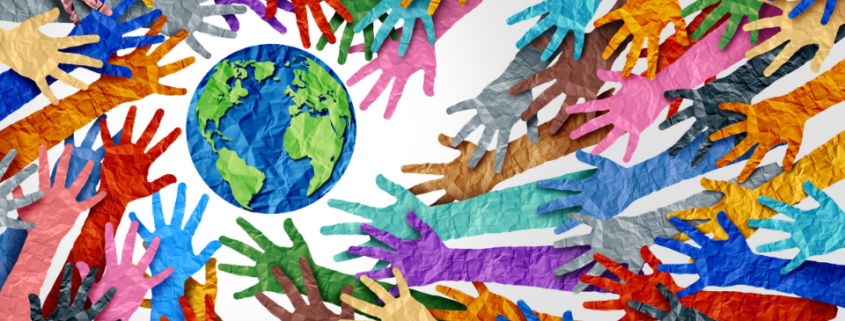Why it is important to protect linguistic diversity
Languages are an essential part of our daily lives. n addition to being our most effective communication tool, they are key to a people’s social integration and help us preserve our identity and our traditions.
More than any other aspect of culture, languages tell us who we are, how we think and where we come from, yet, despite the huge value we attribute to them, every day there are languages that continue to die out at an alarming rate.
There are currently more than 6,000 different languages around the globe, but the vast majority of these (about 96%) are spoken by just 3% of the world’s population. These are mainly languages spoken by indigenous peoples, the very languages at greatest risk of extinction.
Specialists estimate that 50% of these languages will have died out by the end of the century. An inestimable loss for the whole of humankind if we consider the wealth of histories and traditions that are in danger of being lost forever.
Yes, because every language has characteristics that make it unique and show us the infinite versatility of the human mind: some languages have just 11 different sounds, while others use as many as 118.
Not to mention the endless grammatical terms that these sounds produce once combined: a priceless heritage that, without suitable measures in place to address this issue, would be lost, undermining the precious resource of linguistic diversity across the globe.
So what sort of effect would this loss have on the global population?
Language is an essential life tool for every one of us. It helps build our identity, our culture, traditions and memories. In addition to allowing us to communicate and fit in, it is also a key means of understanding a culture: from mythology to art, changes in weather patterns, or even medicinal secrets, knowledge sharing is crucial for human development.
With the disappearance of a language, we are also losing the identity of a people, its very essence. Imagine no longer being able to express yourself in your native tongue. Imagine nobody else using the same words as you to describe the world. Without language, there is no people, and this is why we need to fight to preserve knowledge and histories that would otherwise vanish But there’s more to it than that…
“Medical science loses potential cures; resource planners and national governments lose wisdom accumulated over centuries regarding the management of marine and land resources in fragile ecosystems.”
These words, from Nancy Rivenburgh — professor emerita in the Department of Communication at the University of Washington, Seattle — help us appreciate the additional importance of languages as a resource for combatting environmental threats that could wipe out our planet.
To sum up, without linguistic diversity, we would lose a legacy of inestimable value in ensuring peace and development around the world. This is precisely why a number of different measures have been implemented to keep languages and their respective cultures alive. UNESCO, for example, has proclaimed 2019 the International Year of Indigenous Languages (IYIL2019) to promote awareness around the importance of starting to take action to protect them.
Cultivating an intercultural dimension, creating a culture of dialogue and bringing people together, is one of the driving goals behind Soget Est’s mission.
Translating also means preserving linguistic diversity, promoting the meeting of cultures and making every effort to ensure that each translation also conveys the full wealth of history and knowledge with which the original is imbued. All these efforts help create new common ground to which we can all make our own individual contribution, the product of diversity that we are all responsible for protecting.





